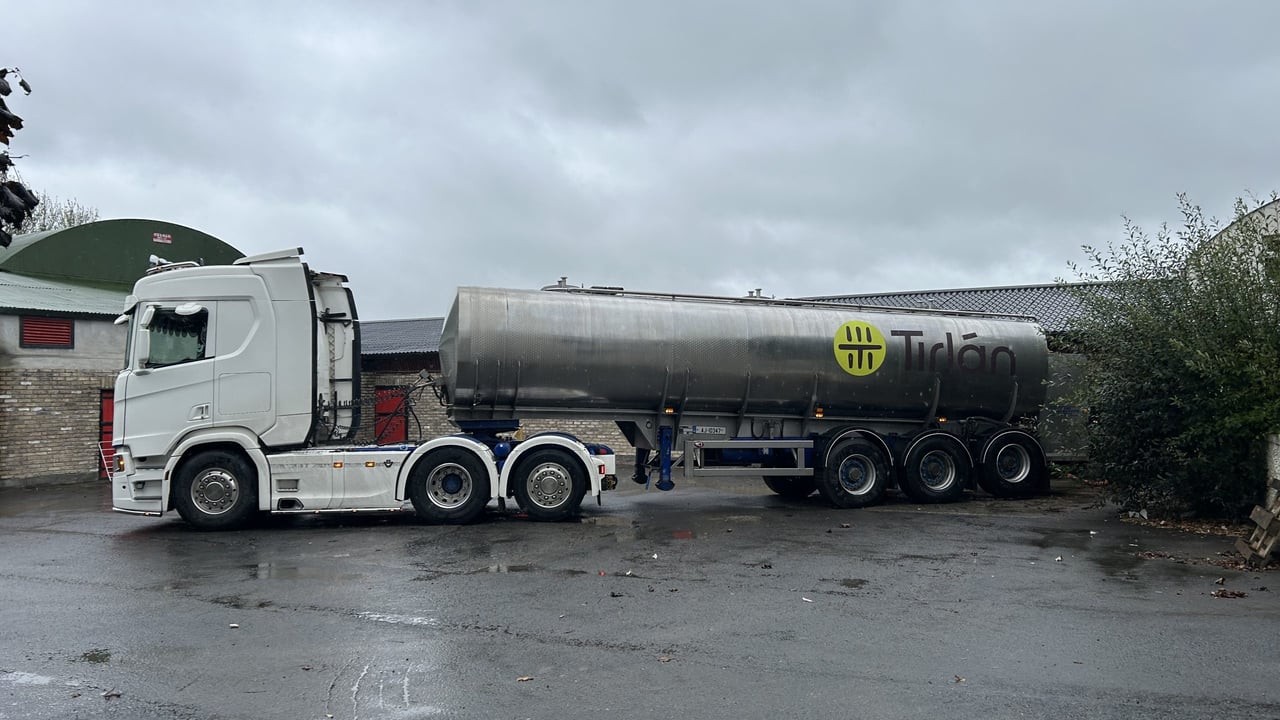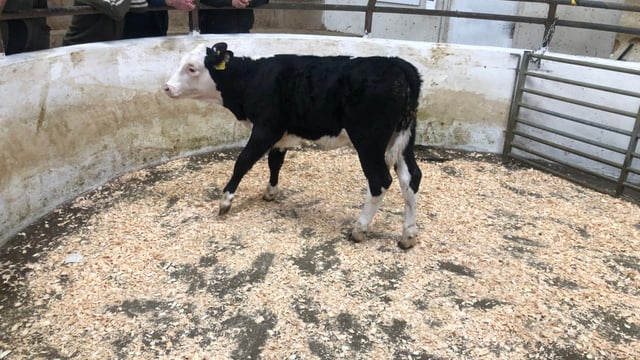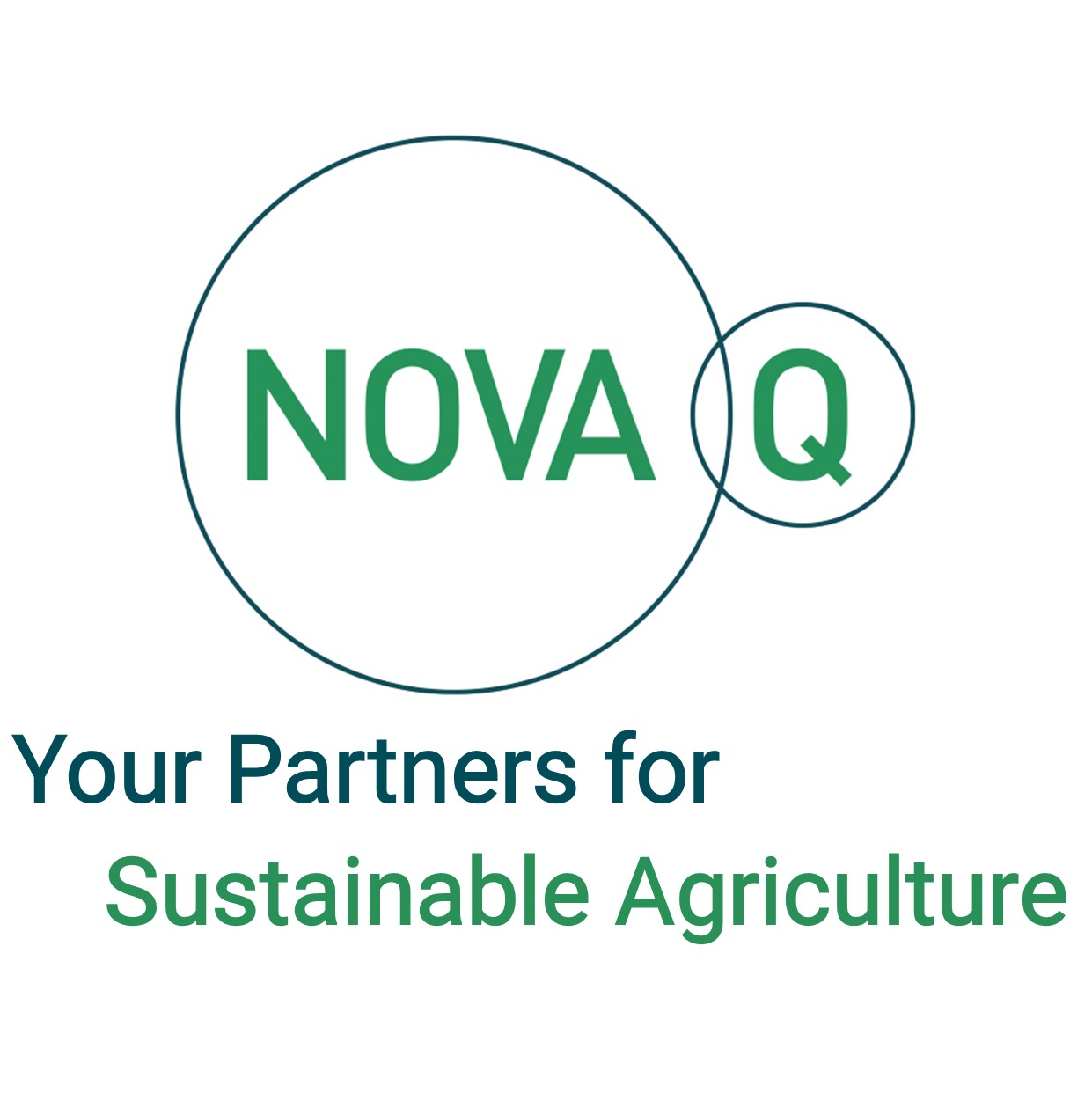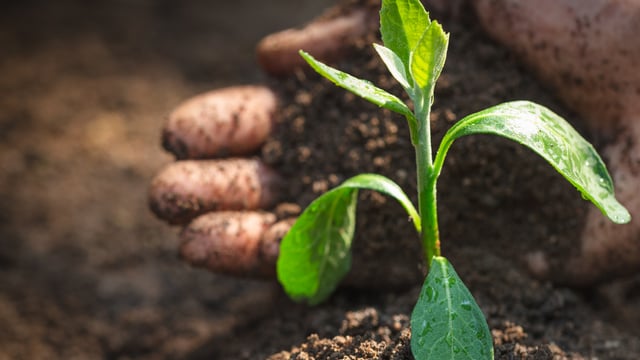How getting paid for milk influences breeding decisions
When selecting bulls this breeding season and matching them to suitable cows, how we get paid for milk in Ireland should be a major factor in decision-making.
Driving profitability on dairy farms should be the goal. Studies show that there is no direct correlation between litres of milk sold and profitability.
Rather, what drives profitability on farms is the herd's performance in areas such as the amount of grass utilised per year and cost control, all while producing as much kg of milk solids per cow as possible.
Farmers talk and refer to milk price on a c/L basis but what does that really mean? Does that mean the more litres pumped out, the more profit achieved? Not necessarily.
Don't get me wrong, litres produce solids and without litres you can't produce a satisfactory amount of solids, but how farmers get paid for milk is based on the amount of protein and fat produced, minus the volume.
The vast majority of Irish dairy farmers are paid on A+B-C systems, which means that they are paid for kg of protein and fat, but deducted for volume.
When you hear of a base price of 48.05c/L - excluding value-added tax (VAT) - that is actually determined by the price the co-op is paying for a kg of protein and fat.
| Protein | Fat | Volume adjustment | Price c/L | |
|---|---|---|---|---|
| Price/kg | 8.87 | 5.91 | ||
| Conversion factor | 1.0297 | 1.0297 | ||
| 9.133 | 6.086 | |||
| Protein and fat percentages | 3.3 | 3.6 | ||
| c/L | 30.1389 | 21.9096 | 4 | 48.05 |
The price for a kg of protein and fat are added together and volume is deducted (A+B-C), which then generates the base price or the price in c/L as long as all quality measures and hygiene measures are up to a certain standard.
So, if this protein in your milk is achieved along with the fat percentage while keeping somatic cell counts (SCC), total bacteria counts, etc., below the co-op threshold, the example milk price above should be achieved in this instance.
However, a better price can be achieved by improving your fat and protein percentages throughout the year, which will mainly be gained through breeding and grassland management.
Grass in early spring is important to boost your protein and overall milk solids, however, if the genetics is not in the herd and the protein and fat percentages are poor, milk solids can only be slightly improved through grass once a certain threshold is reached.
When we look at two farms, both with the same number of cows producing the same amount of litres, the difference in protein and fat percentages has a drastic impact on profits.
Take two farms, both with 100 cows producing 5,000L/cow/year which totals 500,000L or 514,850kg of milk, but example one has protein of 3.6% and fat of 4.5%, while example two has protein of 3.3% and fat of 3.6%.
| Example one | Example two | |
|---|---|---|
| Milk supplied (L and kg) | 500,000L or 514,850kg | 500,000L or 514,850kg |
| Protein | ||
| Percentage | 3.6 | 3.3 |
| Kg | 18,535 | 16,990 |
| €8.87/kg of protein | €164,405 | €150,701 |
| Fat | ||
| Percentage | 4.5 | 3.6 |
| Kg | 23,168 | 18,535 |
| €5.91/kg of fat | €136,923 | €109,542 |
| Volume adjustment | €20,000 | €20,000 |
| A+B-C | €281,328 | €240,243 |
| Price in c/L | 56.3 | 48.05 |
We took an example of 100 cows producing 5,000L/cow a year to be somewhat reflective of the average herd in Ireland. Total sales for milk can be increased with higher percentages or more litres produced.
The example above shows a difference in income of €41,085 on the milk sold off farm for the year with a price of 56.3c/L achieved on example one while example two achieved a base price of 48.05c/L.
What this example shows is the importance of selecting bulls with decent milk solid figures with a particular focus needed on fat and protein percentages this breeding season.
Farmers should be aiming to select bulls with a milk solids kg of over 30kg, roughly 18kg fat and 12kg protein, but this can be achieved more easily through selecting a milkier type sire.
If milk solids have been poor on the farm in recent years and it is a struggle to improve fat and protein percentages throughout the year, farmers should aim to select bulls with a fat percentage of about 0.30% fat and 0.20% protein.
The amount of milk solids sold from the farm be can increased without increasing milk volume, and bulls should be selected that suit the farm system in terms of type, with percentages then carefully looked at.
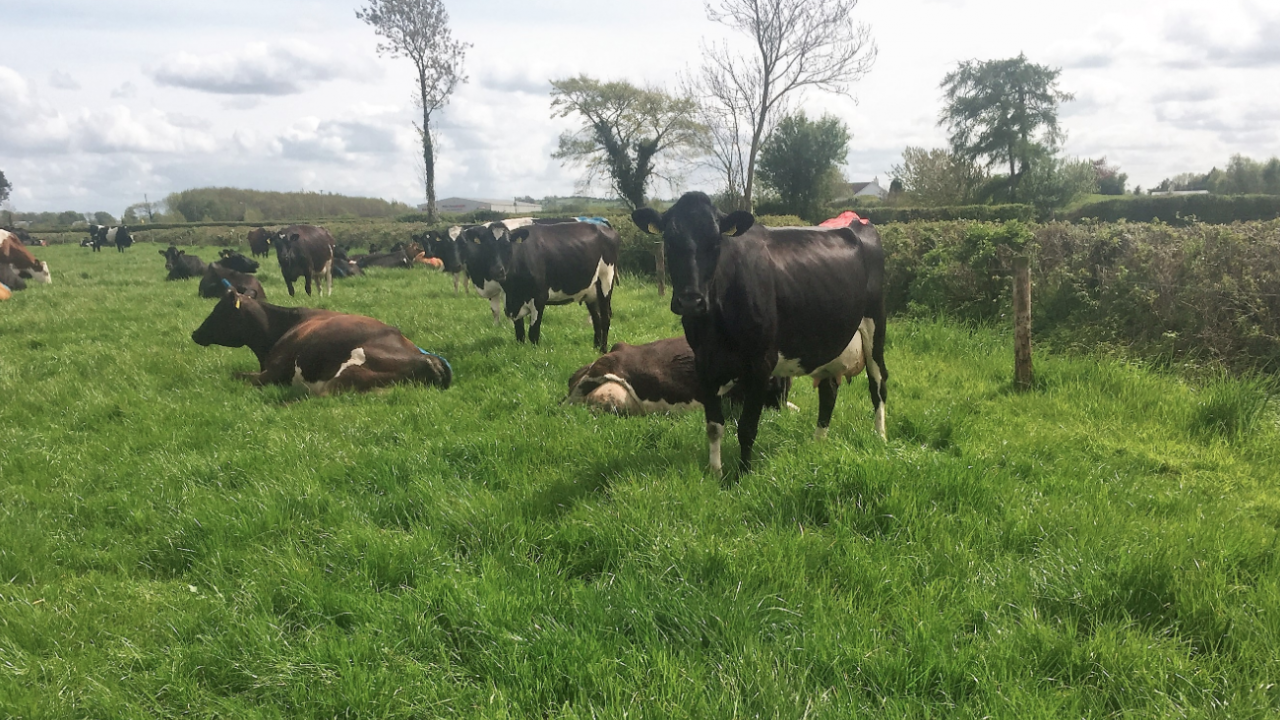
Don't overlook fertility in the herd. There should be a focus on the health sub-index also, as the sooner a cow goes in calf and calves down, the more days she will be in milk and produce more solids.
Also, in terms of health, the longer a cow stays in the herd and the healthier she stays throughout her lactations, the more lifetime of solids she will produce.
It is important for farmers to analyse how they get paid for their milk and get away from the habit of talking about the amount of litres sold, but focus on the solids sold instead.
Looking at the likes of kg/milk solids a cow/day will give the farmer a real understanding of how the cows are performing rather than litres/cow/day.
This breeding season, remember how you get paid for our milk before selecting your sires for your future replacements.

